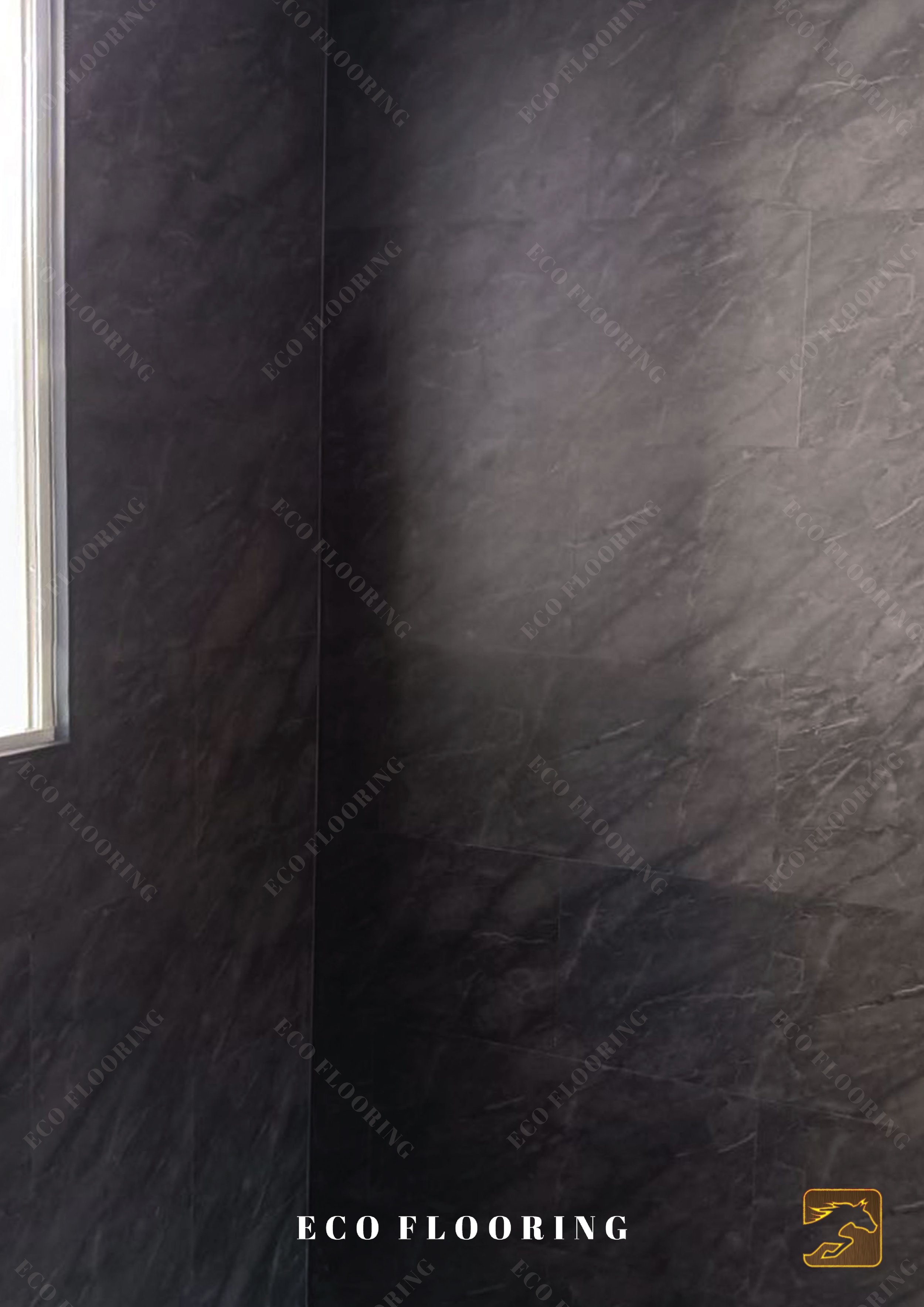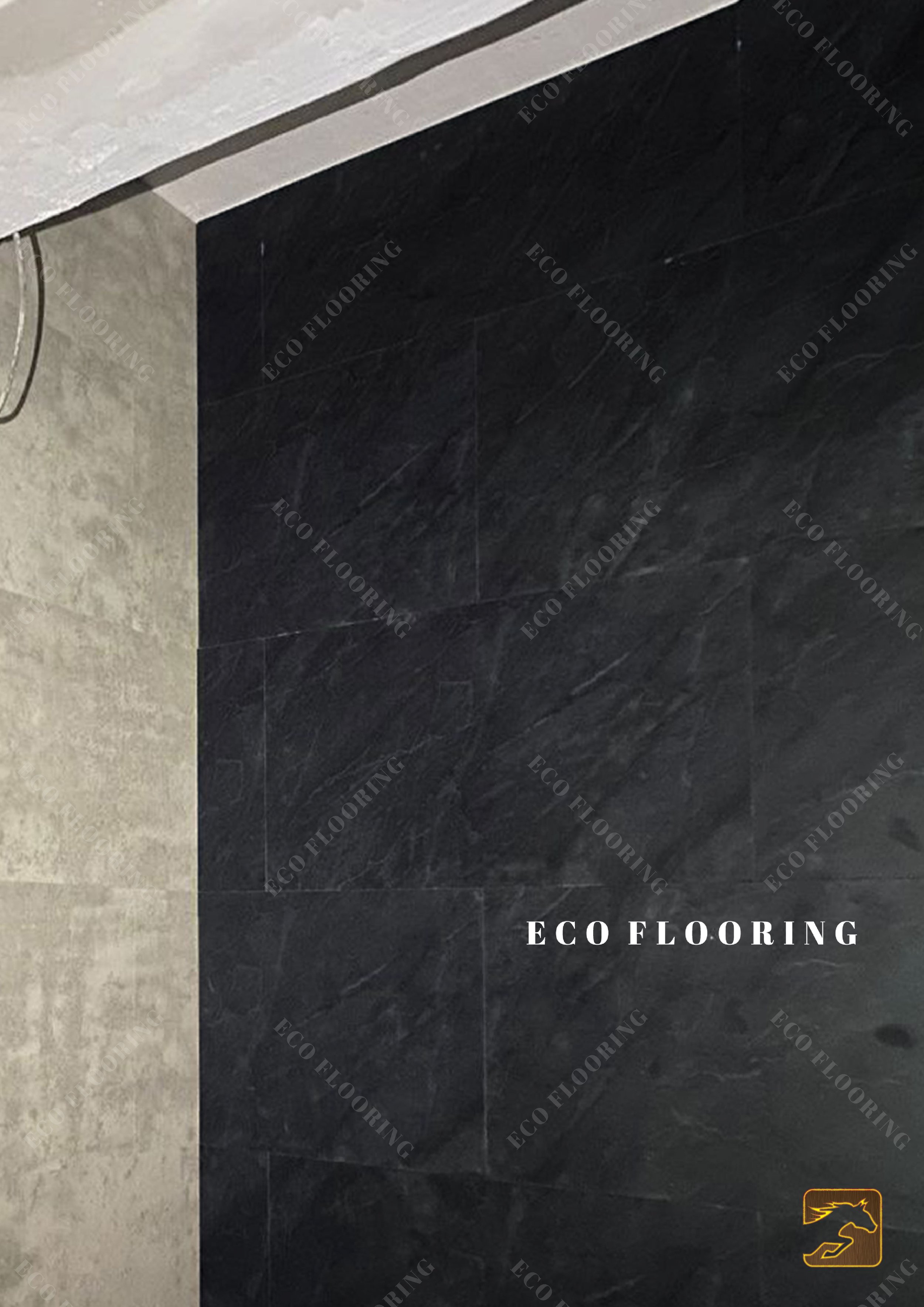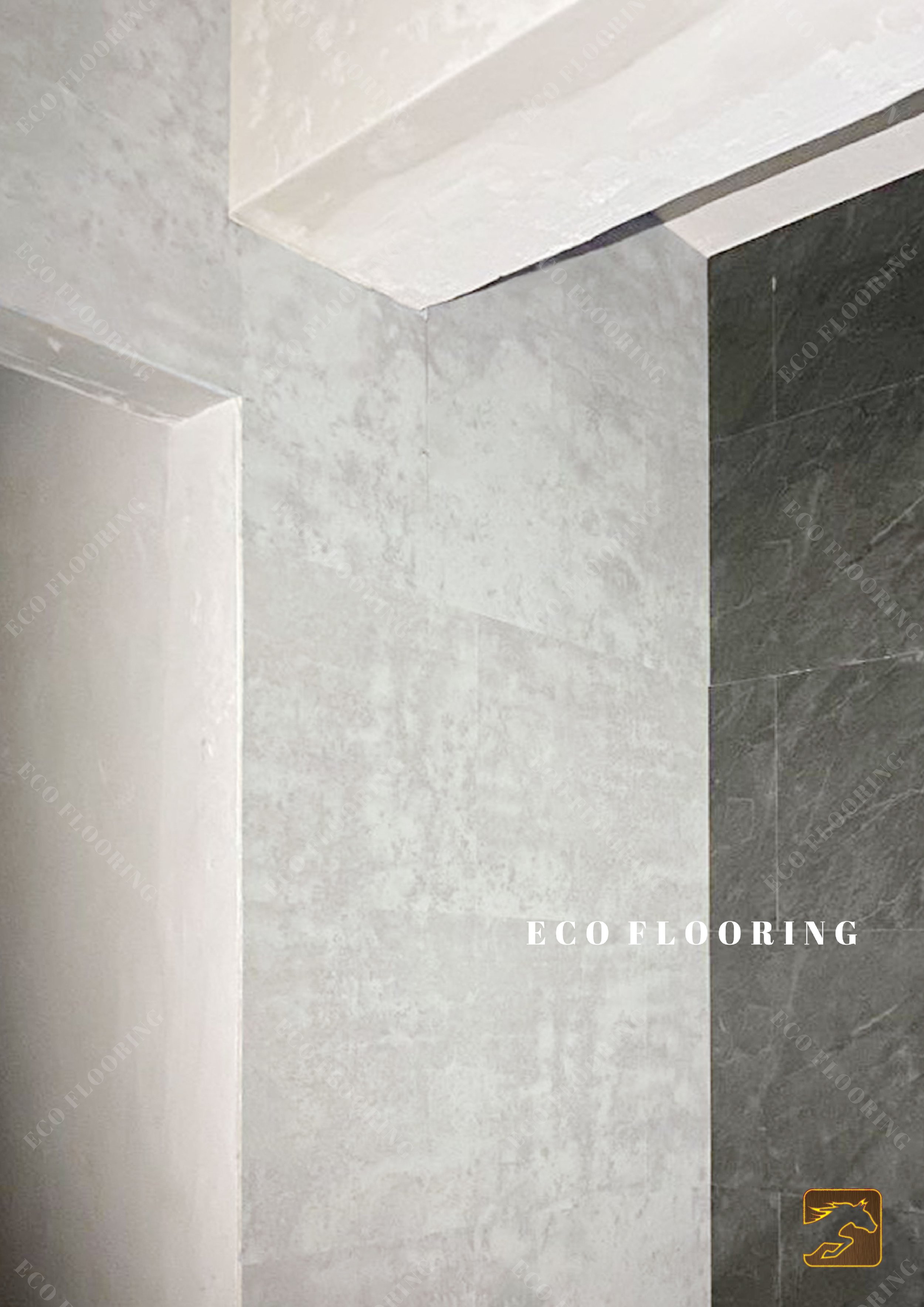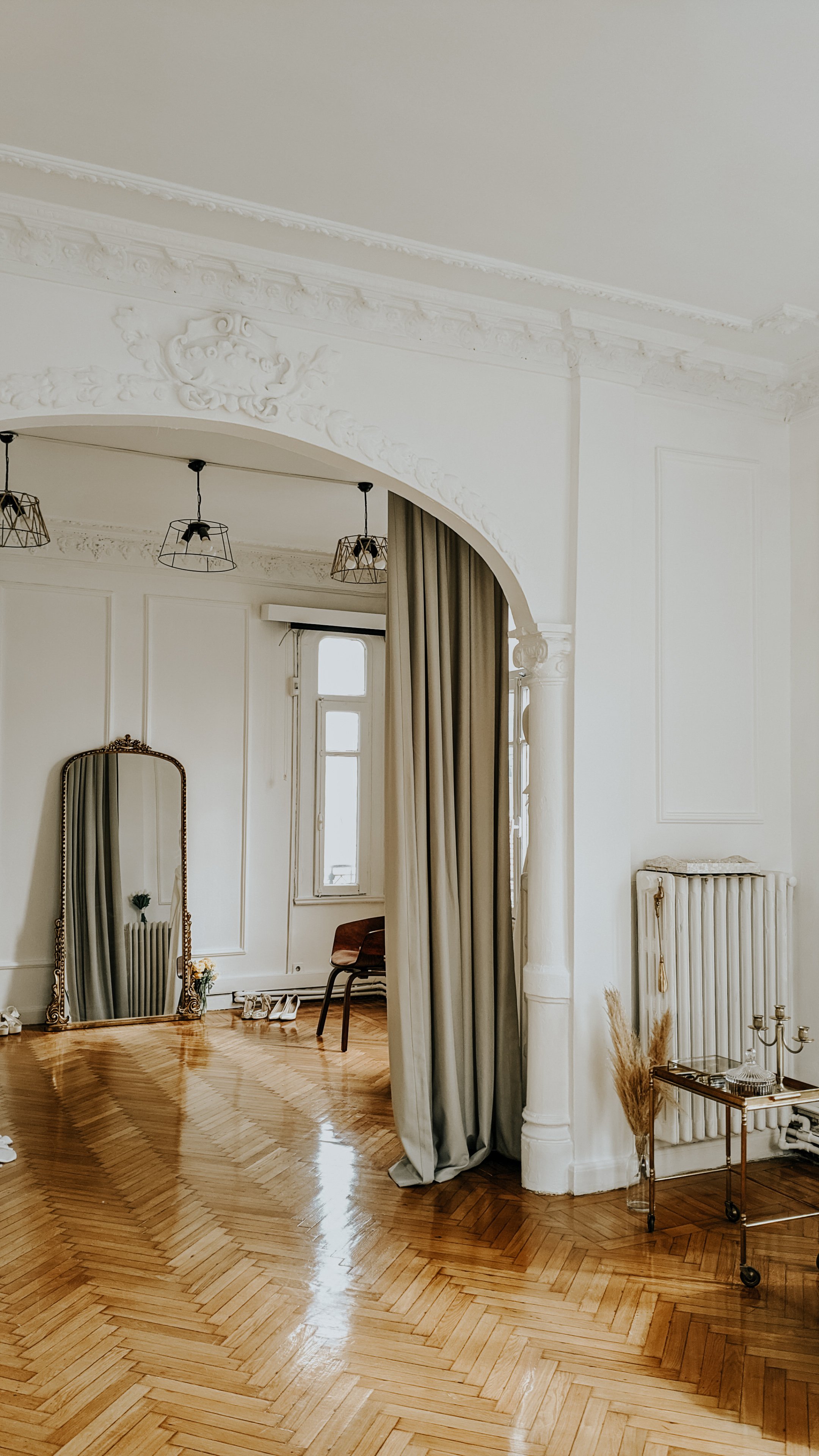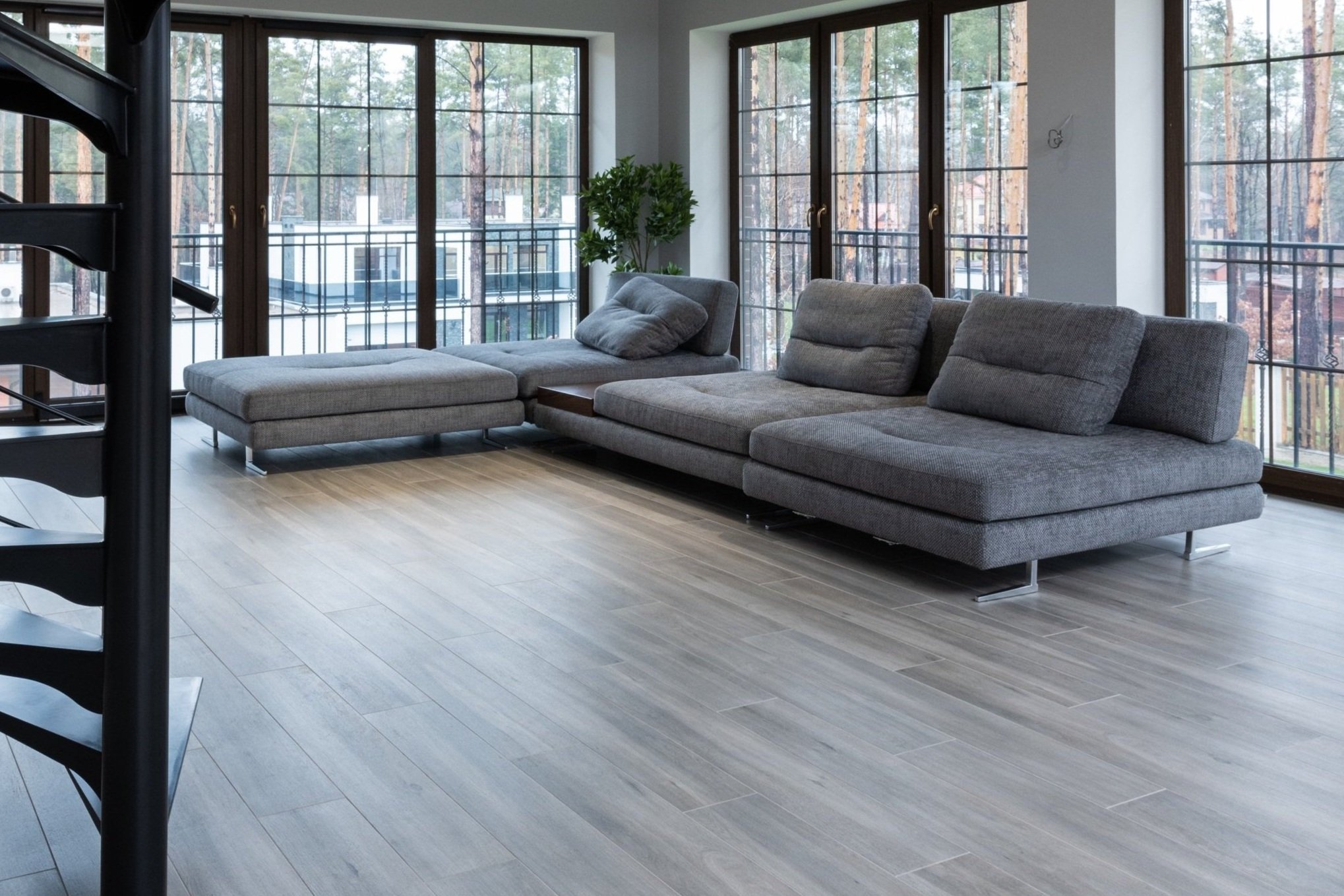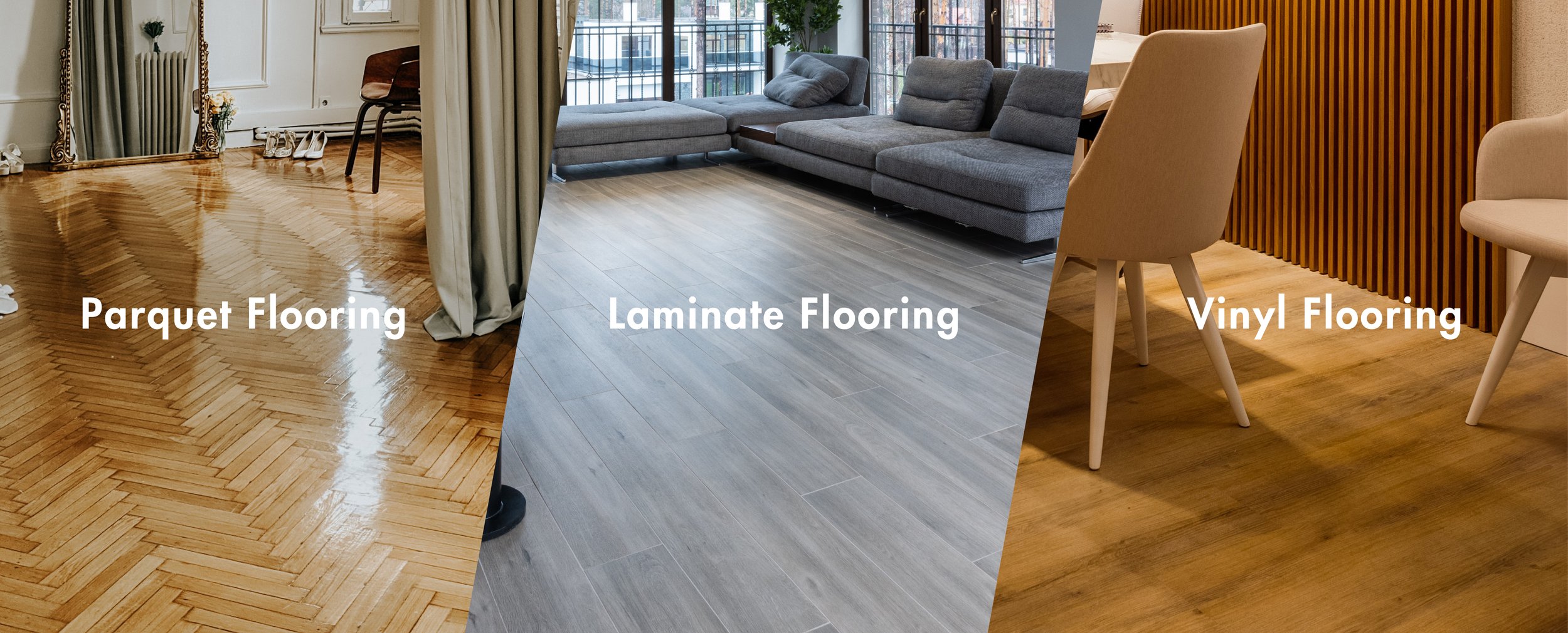Installing new flooring is a significant home improvement project that can dramatically transform the look and feel of your living space. Vinyl flooring, in particular, is a popular choice due to its durability, affordability, and wide range of styles. However, a common question that arises during this process is whether vinyl flooring can be installed with existing furniture in the house. The answer is yes, but with some considerations and planning to ensure a smooth and efficient installation.
Preparation Is Key
Before beginning the installation, proper preparation is essential. Here are the key steps to take:
Clear the Installation Area: While it's not always necessary to remove all furniture from the house, it is important to clear the room or area where the vinyl flooring will be installed. This makes the installation process easier and more efficient. Large and heavy items can be temporarily moved to an adjacent room or area.
Protect Furniture: For items that cannot be removed, cover them with protective sheets or plastic to prevent dust and debris from settling on them during the installation. This also protects your furniture from any accidental damage.
Plan the Layout: If removing all furniture is not possible, plan the installation in sections. This means moving furniture from one area to another as the installation progresses. This approach can be more time-consuming but ensures that the entire floor can be installed without having to empty the entire house.
Installing vinyl flooring with existing furniture in the house is entirely feasible with careful planning and preparation. Whether you choose to hire professionals or tackle the project yourself, the key is to ensure that the installation area is clear, the subfloor is properly prepared, and you have a plan for moving and protecting furniture. By following these steps, you can achieve a beautiful, updated look for your home with minimal disruption and maximum satisfaction.












